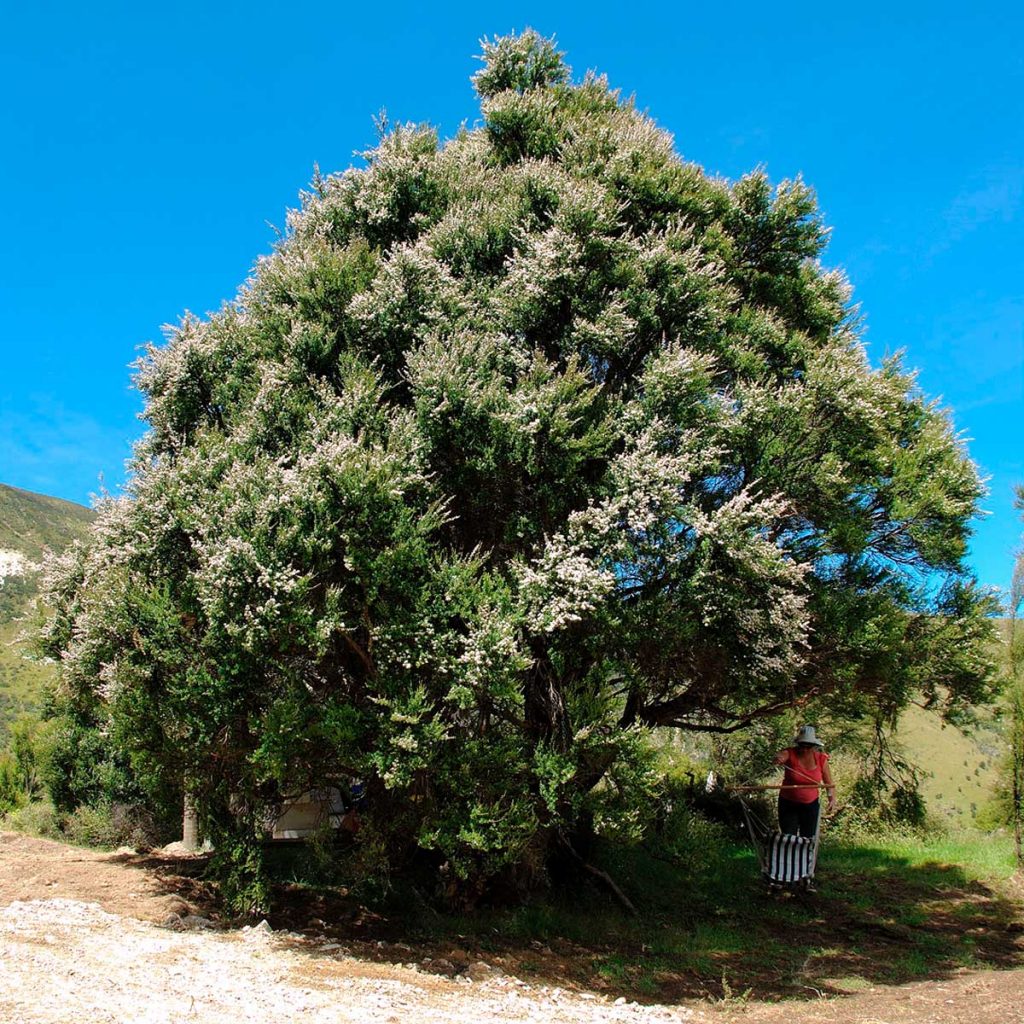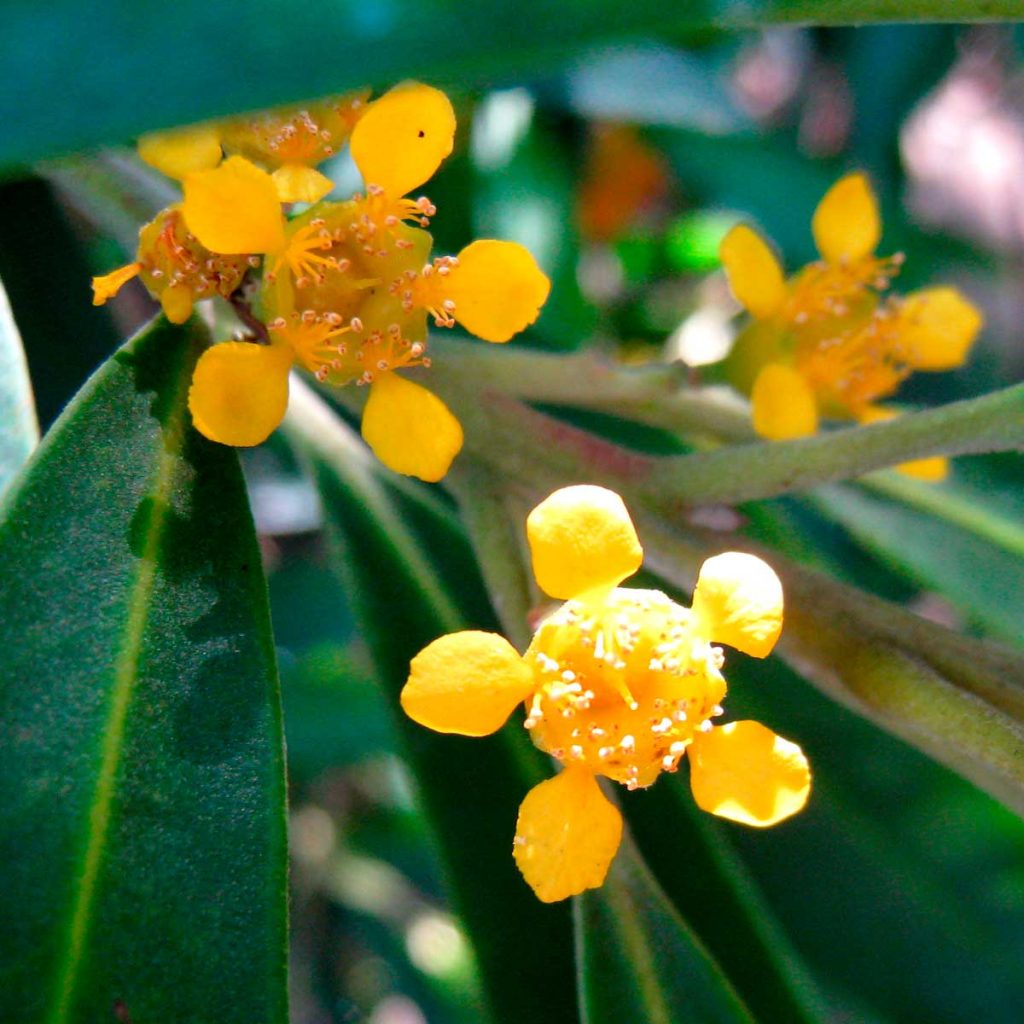
Trees / Kanuka
Information for Juniors
Kanuka
- Botannical name Kunzea ericoides commonly known as Kanuka or White Tea-ree
- A tall tree growing up to 20metres
- Found throughout NZ in coastlands and lowlands
- Wood is hard and is used for wharf piles and the handles for tools
- Rosellas love the flowers and chew on their petals
Bark and Foliage:
- The bark peels off in long strips
- Young branches droop going off in all directions
Flowers and Seed pods:
- Pink and white flowers cluster into a ball
- Flowers from October through February


Information for Junior Secondary
Kanuka
- Botannical name Kunzea ericoides commonly known as Kanuka or White Tea-tree
- A tall tree growing up to 20metres
- Found throughout NZ in coastlands and lowlands
- Wood is hard and is used for wharf piles and the handles for tools
- Rosellas love the flowers and chew on their petals
Bark and Foliage:
- The bark peels off in long strips
- Young branches droop going off in all directions
Flowers and Seed pods:
- Pink and white flowers cluster into a ball
- Each flower has 5 petals, 25 stamens
- Bees love them and it makes good honey
- Flowers from October through February
- Following the fruit comes cup shaped capsule which is long and wide
- The capsule releases seeds when mature which are scattered by the birds, wind and water


Information for Seniors
Kanuka
- Botannical name Kunzea ericoides commonly known as Kanuka or White Tea-tree
- A tall tree growing up to 20metres
- Found throughout NZ in coastlands and lowlands
- Wood is hard and is used for wharf piles and the handles for tools
- Rosellas love the flowers and chew on their petals
Bark and Foliage:
- The bark peels off in long strips
- Young branches droop going off in all directions
Flowers and Seed pods:
- Pink and white flowers cluster into a ball
- Each flower has 5 petals, 25 stamens
- Bees love them and it makes good honey
- Flowers from October through February
- Following the fruit comes cup shaped capsule which is long and wide
- The casual releases seeds when mature which are scattered by the birds, wind and water


Activities
- Take a photograph of a cluster of flowers then draw a pencil drawing of one flower
- Take a cutting and Sellotape it neatly onto a page surrounding the cutting write no less than 60 words describing in detail the Kanuka plant
- Display the presentation and be prepared to speak to the class on what you have learned about the uniqueness of the Kanuka
